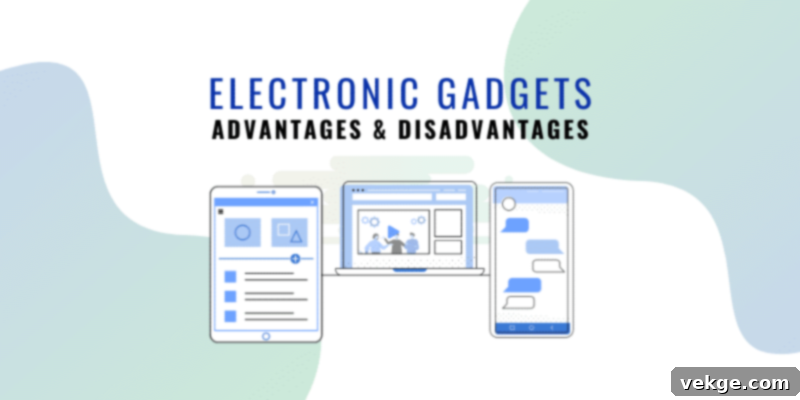The Ultimate Guide to High-End Modern Appliances: Unpacking the Pros and Cons for Your Smart Home
In today’s fast-paced world, the allure of high-end modern appliances is undeniable. Many view them not just as household tools, but as significant investments that promise to elevate daily living and enhance the value of their homes. This perspective is well-founded, as these sophisticated devices offer a multitude of benefits that often seem to transcend their monetary cost. Manufacturers are acutely aware of this perceived value, which contributes to their premium pricing.
However, amidst the excitement and advanced features, prospective buyers often find themselves asking crucial questions: Are these top-tier products truly worth the substantial price tag? Do their advantages outweigh potential drawbacks? Are there any hidden costs or inconveniences that might detract from the promised benefits?
If these doubts resonate with you, then you’ve come to the right place. This comprehensive guide will delve into the various advantages and disadvantages of investing in high-end modern appliances. We’ll explore what makes them so desirable and identify areas where potential improvements or considerations are needed, helping you make a truly informed decision for your home and lifestyle.
Pros of Investing in High-End Appliances
Modern technology has revolutionized the way we live, making many aspects of life incredibly convenient and efficient. It’s almost unimaginable to navigate daily routines without the assistance of sophisticated gadgets. Let’s explore some of the compelling benefits that high-end smart home appliances bring to the table.
1. Unmatched Performance and Superior Efficiency
High-end appliances are meticulously engineered to deliver exceptional performance, consistently meeting and often exceeding user expectations. They are designed with precision, utilizing advanced technologies to ensure every function is carried out flawlessly. Beyond just powerful operation, these devices are celebrated for their remarkable energy efficiency. Many models feature smart sensors, inverter technology, and auto power-off functions that activate when the appliance is not in use or has completed its cycle. This not only translates into significant savings on your utility bills over time but also contributes positively to environmental conservation by reducing energy consumption and your carbon footprint. Investing in energy-efficient appliances often qualifies them for certifications like Energy Star, further affirming their commitment to sustainability and cost-effectiveness in the long run.

2. Premium Quality and Enduring Durability
One of the most compelling arguments for high-end products is their superior build quality and durability. These appliances are crafted from robust, high-grade materials such as stainless steel, tempered glass, and specialized polymers, all chosen for their longevity and resilience. The exquisite craftsmanship ensures that each component is perfectly integrated, designed to withstand the rigors of daily use for many years. This dedication to quality often translates into a significantly longer lifespan compared to their standard counterparts, meaning fewer replacements and a minimal need for repairs over the appliance’s lifetime. While the initial investment is higher, the reduced frequency of maintenance and replacement costs can lead to greater value and peace of mind in the long term, making them a wise choice for discerning homeowners.
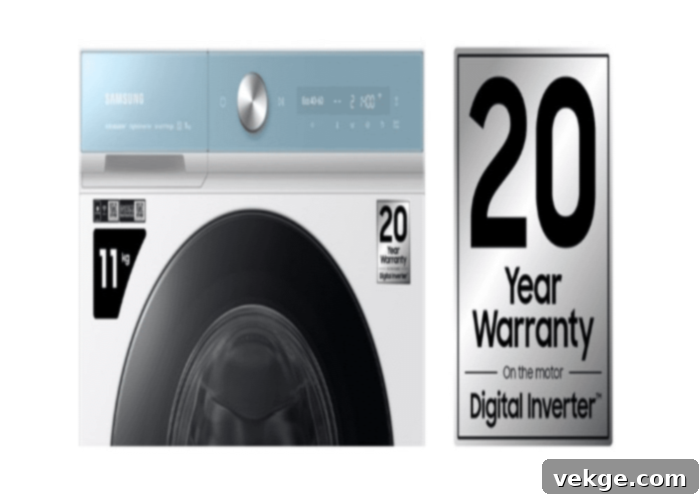
3. Innovative Advanced Features and Smart Integration
The true magic of high-end appliances lies in their integration of smart technology, designed to simplify and enhance every aspect of home management. These devices go far beyond basic functionality, offering features that genuinely make life easier. Consider robotic vacuum cleaners, for instance; modern models can be programmed for autonomous operation, following a pre-set schedule to clean your floors without daily intervention. They intelligently navigate obstacles, return to their charging dock when finished, and even empty their dustbins automatically. Similarly, smart refrigerators can track inventory, suggest recipes, and even order groceries, while smart ovens can preheat remotely and suggest cooking times based on your meal. This level of automation and connectivity with other smart home systems, often controllable via smartphone apps or voice commands (like Alexa or Google Assistant), provides unparalleled convenience and transforms routine chores into effortless tasks, creating a truly connected home ecosystem.
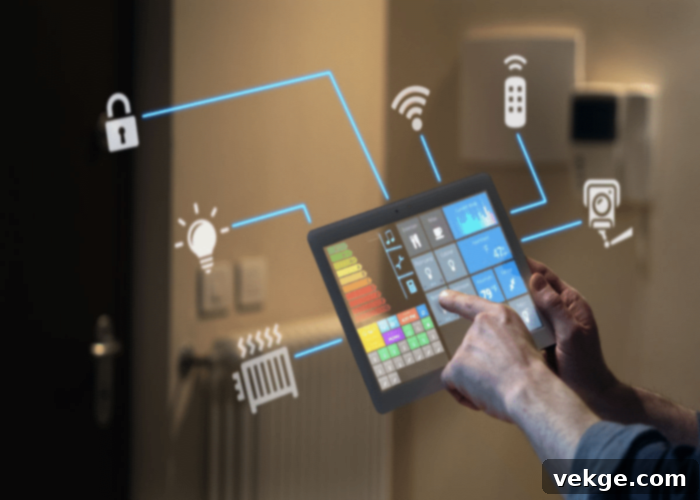
4. Elevated Aesthetics and Sophisticated Design
Beyond their functional prowess, high-end appliances are celebrated for their sleek, modern, and minimalist designs. These devices are often conceived as architectural elements themselves, intended to blend seamlessly into contemporary home interiors. Their primary design objective is to be space-efficient while simultaneously enhancing the overall aesthetic appeal of your kitchen or laundry room. Many premium brands offer extensive customization options, allowing homeowners to select specific colors, finishes (such as matte black, brushed stainless steel, or custom paneling), and hardware to perfectly match their existing decor or achieve a desired luxury look. This attention to design transforms utilitarian objects into stylish statements, contributing to a cohesive and visually appealing living space that reflects sophisticated taste.

5. Enhanced Resale Value for Your Home
Investing in high-end, integrated smart home appliances can significantly boost your property’s market appeal and resale value. In a competitive real estate market, potential buyers are often drawn to homes that offer modern conveniences, up-to-date technology, and a luxurious feel without the need for immediate upgrades. A kitchen equipped with premium, integrated appliances signals a well-maintained and thoughtfully upgraded home, appealing to buyers looking for a “turnkey” solution. These sophisticated features can differentiate your property, making it more attractive to a wider range of prospective homeowners and potentially commanding a higher selling price. It’s not just about the appliances themselves, but the lifestyle and quality of living they promise to deliver to the next owner.
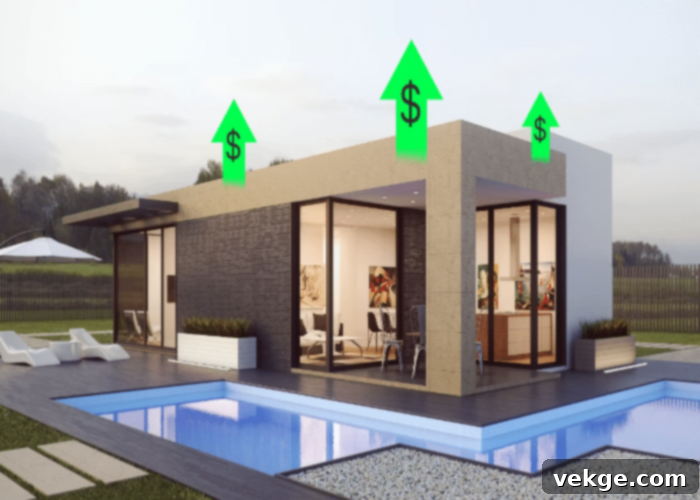
Cons of Investing in High-End Appliances
While the advantages of high-end appliances are numerous and compelling, it’s crucial to acknowledge that every investment has its potential downsides. Despite their sophisticated features and superior quality, these devices come with certain drawbacks that warrant careful consideration before making a purchasing decision.
1. The Significant Higher Initial Cost
Undoubtedly, the most substantial hurdle for many consumers is the elevated upfront price tag associated with high-end appliances. These premium products typically cost significantly more than their standard counterparts, often requiring a considerable financial outlay. This substantial initial investment can place a considerable strain on your budget, potentially delaying other home improvement projects or forcing you to reconsider your overall financial plan. While the long-term benefits might justify the cost for some, it’s essential to assess whether your current financial situation can comfortably accommodate such an expense without causing undue financial stress. For many, the “sticker shock” alone is enough to deter them from pursuing these luxury items.
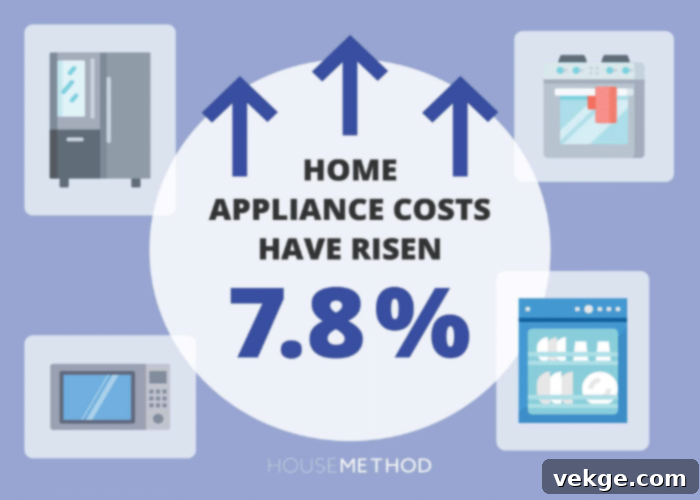
2. Complex Maintenance and Expensive Repairs
Despite their reputation for durability, even high-end appliances can eventually require maintenance or repairs. When they do, the costs associated can be considerably higher than for standard models. The intricate engineering and specialized components mean that replacement parts can be difficult to source and often come with a premium price. Furthermore, these complex systems typically require technicians with specialized training and diagnostic tools, which translates to higher labor costs. Finding qualified repair services can also be a challenge, particularly in less populated areas. This potential for costly and inconvenient repairs adds another layer of financial consideration to the overall ownership experience, making extended warranties a popular, though additional, purchase.
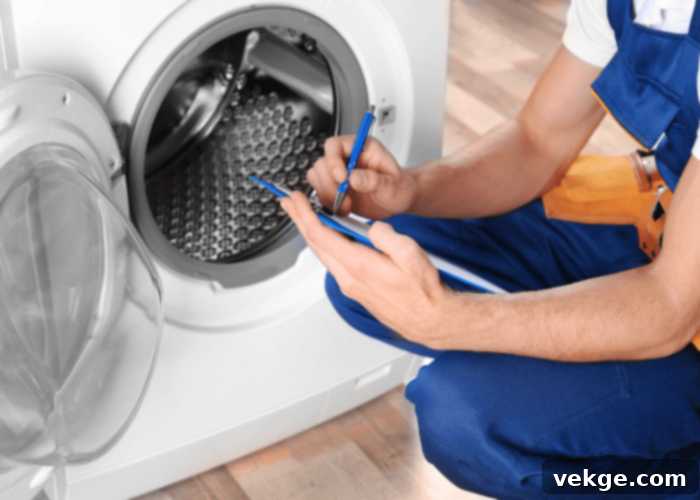
3. Compatibility Challenges and Update Limitations
While smart home integration is a significant pro, it can also present a con in terms of compatibility. Some high-end appliances utilize proprietary systems or interfaces that are not universally compatible with devices from other brands, potentially locking you into a specific ecosystem. If you prefer to mix and match brands, this lack of interoperability can create frustration and limit your smart home’s full potential. Moreover, the long-term support for software updates can be a concern. Some manufacturers prioritize providing updates and new features only for their latest models, leaving older, albeit still functional, high-end appliances without access to the newest advancements or security patches. This can lead to a feeling of technological obsolescence and potentially pressure consumers into premature upgrades just to maintain a fully integrated and up-to-date smart home experience, incurring unnecessary expenses.
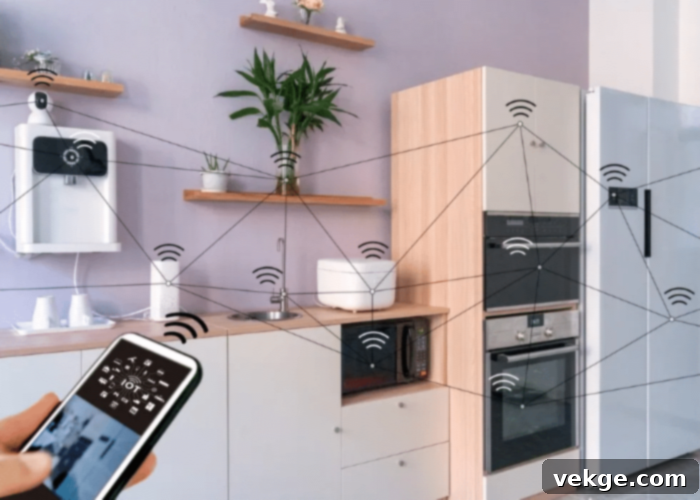
4. Overkill for Basic Needs and Feature Bloat
For many households, the primary function of an appliance is to perform basic daily tasks reliably. While high-end models boast an impressive array of advanced features, a significant portion of these might go unused by the average user. Investing in a top-tier product only to utilize a fraction of its capabilities can feel like an unnecessary expense. The sheer number of functions, complex settings, and sometimes less intuitive interfaces can even hinder the simple operation of fundamental features that a more straightforward, budget-friendly appliance could handle with ease. This “feature bloat” can lead to a less user-friendly experience for those who simply want a device that performs its core function efficiently without added complexity.

5. Rapid Technological Changes and Quick Obsolescence
The pace of technological innovation is incredibly rapid, especially in the smart home sector. What is considered cutting-edge and revolutionary today can quickly become commonplace or even outdated tomorrow with the launch of a newer, more innovative product boasting even more advanced features. This constant evolution means that your newly acquired high-end appliance, despite its significant cost, might begin to feel less novel and more like an older version sooner than anticipated. The rapid depreciation of technology can make your investment lose its “wow” factor and perceived value relatively quickly, potentially leading to buyer’s remorse as newer, more appealing models enter the market, offering capabilities your current device lacks. This cycle of rapid advancement makes “future-proofing” a challenging and often expensive endeavor.
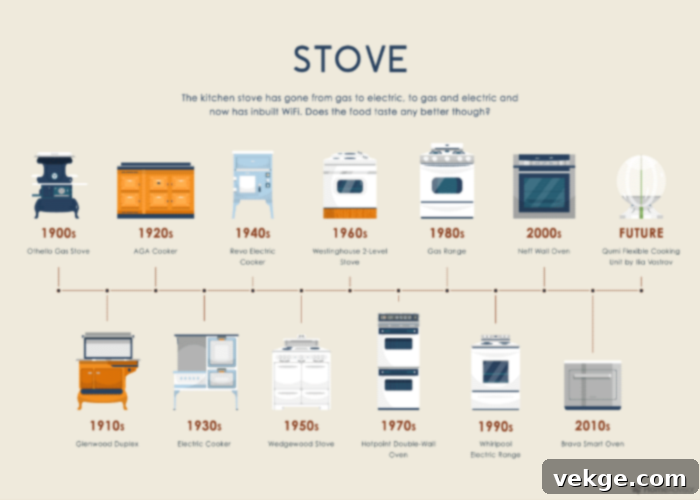
Final Thoughts: Making an Informed Decision
After carefully examining both the extensive list of pros and the significant cons, it’s clear that the decision to invest in high-end modern appliances is rarely straightforward. For every benefit, there’s a corresponding consideration, making the choice potentially confusing for new buyers. The key lies not in whether these appliances are objectively “good” or “bad,” but whether they are “good for *you*.”
If your motivation for purchasing these sophisticated machines is primarily for superficial reasons, such as keeping up with trends or impressing friends, you’re likely to experience buyer’s remorse quickly. True satisfaction comes from genuine utility and value.
Therefore, the most prudent approach is to begin by thoroughly evaluating your specific needs and priorities. Consider the features that genuinely matter to your daily life, the functions you will consistently use, and how these appliances can truly enhance your lifestyle and home environment. Once you have a clear understanding of your requirements, you can then narrow down brands, models, and sizes that align with your criteria. Crucially, look beyond the initial appeal and assess the underlying motive for your purchase. If you find that the investment aligns with your practical needs, offers genuine convenience, and comfortably fits within your budget, then exploring these high-end options becomes a much more sensible endeavor. Ultimately, the decision should be deeply personal, making financial and practical sense for your unique situation, ensuring that the value derived is truly worth the investment for you.
